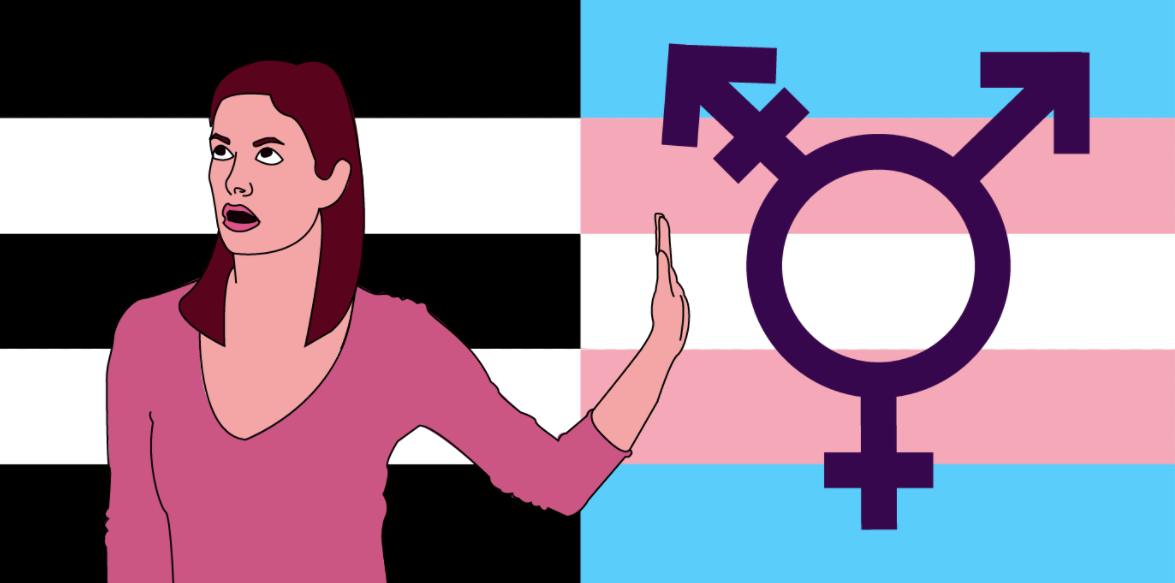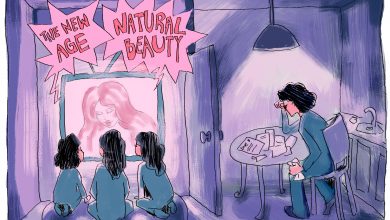Feminism 101: What is TERF?

Illustration by Jenny Dodge
Feminism can come in many different forms: socialist feminism, eco feminism, intersectional feminism, and cultural feminism, just to name a few. However, some forms of feminism can be more damaging than constructive to the larger purpose of equality.
One particularly damaging ideology is TERF, or Trans-Exclusionary Radical Feminism, which is a branch of radicalism that denies the validity of transgender women’s identities as women.
TERFs existed as early as 1973. During the West Coast Lesbian Conference in Los Angeles, the keynote speaker, a cisgender woman named Robin Morgan, claimed that the years she spent surviving and “suffering in this androcentric society [as a woman assigned female at birth]” is what earned her identity as a woman. Thus, Morgan implies that transgender women are unable to understand what it is really like to identify as a woman and the many difficulties that come with it, simply due to to the fact that they were not assigned female at birth.
TERF was originally conceived by second-wave radical feminism in the 1960s. This wave of radical feminism was rooted within society’s patriarchal system of oppression, and the general goal of this branch of feminism was to challenge this system which upheld the traditional ideals of women’s roles in society.
However, as mentioned previously, TERF formed from this second wave radical feminism. Those intent on excluding transgender women from the feminist movement insisted not only that transgender women would never know the hardship of being a woman, but also that those identifying as transgender reinforced the gender binary, as transgender women would not have to identify as such if there was no binary in the first place.
While TERF is far less prevalent in the 21st century than it was before increased transgender awareness, it is by no means eradicated. A recent TERF event, “Radfems Respond,” took place just a few years ago. The purpose of this conference was to defend radical feminists’ viewpoints regarding a ban on prostitution and the refusal to recognize transgender women as women (a manifestation of Sex-Worker Exclusionary Radical Feminism, or SWERF). Though received with much criticism from many followers of third-wave feminists, such events, meetings, and discussions are still occurring, and are contributing to the dangerous conditions that transgender people suffer through every day.
The reality is that gender exists on a spectrum — not a binary. So people who identify as one extreme of the spectrum, even if it does not match up with one’s biological sex, are equally valid. Thus, transgender people do not reinforce the gender binary, contrary to what TERF feminists may believe. Lastly, speaking to the TERF movement’s second argument centering around the reinforcement of the binary, those who identify as a woman should not feel like any less even if they were not born biologically female; what matters is simply how they identify.




